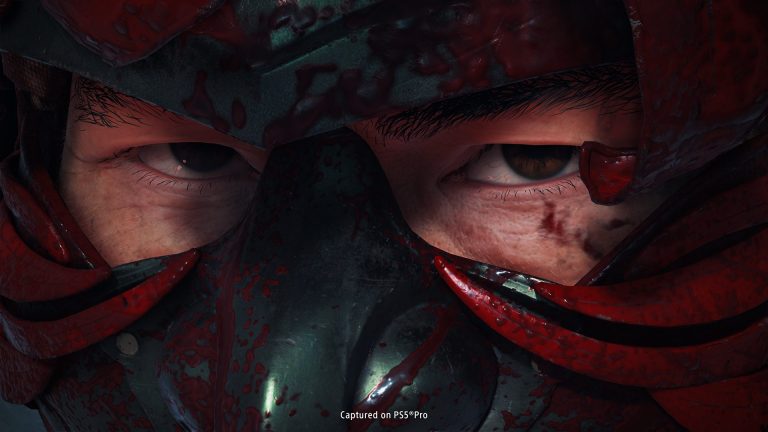You might say that James Alberque has a bird’s-eye view of the road congestion and challenges that come with a booming U.S. city.
Alberque analyzes traffic data for Raleigh, North Carolina, which has seen its population more than double in the past three decades. The city has been working with NVIDIA and its partners to analyze traffic on the roads and intersections to help reduce congestion and enhance pedestrian safety.
“We can now push traffic video into the NVIDIA DeepStream platform and can quantify in real time how many vehicles are entering and exiting intersections and visualize it for our engineers,” said Alberque, a geoinformation systems and emerging technology manager for the city.
Such information can be fed to vendors responsible for keeping traffic lights optimized, so population expansion doesn’t bring roadways to a crawl or increase the number of accidents.
Urban growth has slowed commutes as metropolitan regions across the nation turn to AI for assistance in optimizing traffic flow.
“We got great accuracy level using NVIDIA pre-trained AI computer vision models for traffic cameras right out of the box,” said Alberque. “And our engineers worked with an NVIDIA Metropolis partner, Quantiphi, to refine those models and got them up to an incredible 95% accuracy,” said Alberque.
The Raleigh system uses hundreds of cameras to enhance its model training, and the city has its sights set on everything from road flooding, license plate tracking and parking utilization to bus stop wait times and sanitation management.
Federal Initiatives Support Intersection Safety
Advances from the city of Raleigh and others looking to smooth the flow of traffic come as the U.S. Department of Transportation continues to support AI efforts.
The DOT recently announced winners of the first phase of its Intersection Safety Challenge, which aims to support innovation in intersection safety. Three of the DOT’s winning entrants are harnessing NVIDIA Metropolis for smart intersections.
In this first stage, 15 participants who submitted design concept proposals for intersection safety systems out of 120 submissions were awarded $100,000 each and an invitation to participate further.
The next stage will focus on system assessment and virtual testing, with teams expected to develop, train and improve algorithms used for detection, localization and classification of vehicles and road users in a controlled test intersection.
Enlisting NVIDIA AI for Smart Intersections
Deloitte Consulting is building a foundation for smart intersections, enlisting the NVIDIA Metropolis application framework, developer tools and partner ecosystem.
Derq USA is developing an intersection safety system that relies on NVIDIA Metropolis to help manage the deluge of sensor data for insights.
Metropolis partner, Miovision, which has traffic light safety systems deployed across the U.S., uses the NVIDIA Jetson edge AI platform in its devices for processing video and TensorRT for inference.
“There are so many people moving into our city and surrounding areas, and our number one and number two concerns for citizens are around traffic — this is providing data to move the needle,” said Alberque, regarding Raleigh’s Metropolis and DeepStream development.
Register for GTC24 to discover how AI is transforming smart cities. Some key sessions include:
S62372 – Overcoming London’s Commuting Conditions With Computer Vision – Vivacity
S62436 – Harnessing Computer Vision and Traffic Cameras for Urban Traffic Monitoring – Quantiphi & City of Raleigh
S62402 – How Cities and DOTs Can Implement Road Safety Technologies – Derq & Seattle Dept. of Transportation
[S62382] Paving the Way for a Safer, Smarter Future in Transportation – Deloitte
Explore more smart traffic solutions powered by NVIDIA Metropolis in this Smart Roadways eBook.












